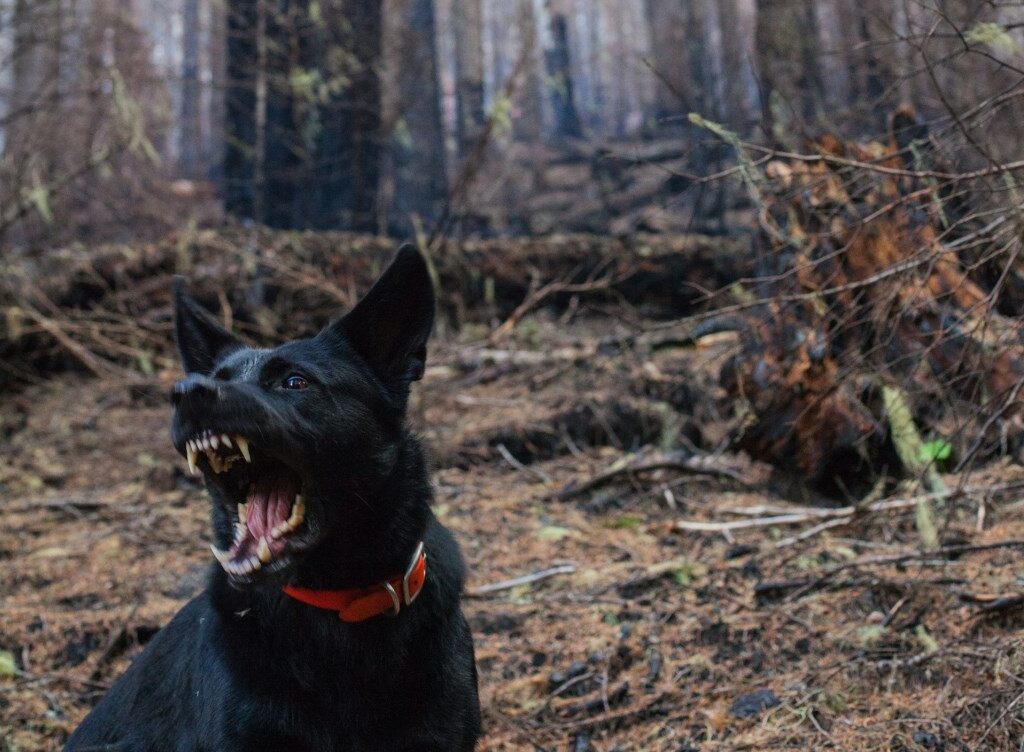
How to Help Your Aggressive Dog Through Training
Dealing with an aggressive dog can be challenging and stressful, but with patience, training, and proper techniques, you can help your dog become calmer and more well-behaved. Aggression in dogs can stem from fear, territorial instincts, lack of socialization, or past trauma. The key to successful training is understanding the root cause and using positive reinforcement to build trust and confidence. Here’s how to help your aggressive dog through training.
1. Identify the Triggers
- Observe when and where your dog becomes aggressive—does it happen around strangers, other dogs, or specific situations?
- Common triggers include fear, territorial behavior, resource guarding, or past negative experiences.
- Keeping a log of aggressive incidents can help determine patterns and causes.
2. Stay Calm and Consistent
- Dogs can sense your emotions, so staying calm and composed is crucial when dealing with aggression.
- Consistency in commands and expectations helps reinforce positive behaviors.
- Avoid yelling or punishing your dog, as this can escalate aggression instead of reducing it.
3. Use Positive Reinforcement
- Reward good behavior with treats, praise, and affection.
- Redirect aggressive tendencies by reinforcing calm behavior before your dog gets triggered.
- Clicker training can be an effective method to mark and reward positive responses.
4. Establish Boundaries and Structure
- Teach basic obedience commands such as “sit,” “stay,” and “leave it” to improve your dog’s impulse control.
- Provide consistent rules and enforce them with patience.
- Give your dog structured routines, including feeding, walking, and playtime, to create a sense of stability.
5. Socialization and Controlled Exposure
- Gradually expose your dog to triggers in a controlled and positive way.
- Use distance to desensitize your dog and slowly decrease that distance as they become more comfortable.
- Introduce new people and animals slowly, rewarding calm and friendly interactions.
6. Avoid Encouraging Aggression Unintentionally
- Don’t reinforce aggressive behaviors by comforting your dog when they act out—this may teach them that aggression gets attention.
- Be mindful of your own reactions and ensure that other household members follow the same training approach.
7. Seek Professional Help if Needed
- If your dog’s aggression is severe or unpredictable, consult a certified dog trainer or behaviorist.
- Veterinary check-ups can rule out medical conditions that might be causing aggression.
- A professional can tailor training techniques to your dog’s specific needs.
8. Provide Physical and Mental Stimulation
- A tired dog is a happy dog—regular exercise helps release pent-up energy and reduce frustration.
- Mental enrichment, like puzzle toys and scent games, keeps their mind engaged and prevents boredom-driven aggression.
Final Thoughts
Helping an aggressive dog requires patience, consistency, and a compassionate approach. Understanding your dog’s triggers, using positive reinforcement, and providing structured training can make a significant difference in their behavior. If progress is slow, don’t lose hope—every step toward improvement strengthens your bond and leads to a calmer, happier companion.
